
Please note that this article was written in March in support of our March GCC recipient, the International Rescue Committee. In April, our GCC recipient is Planned Parenthood. However, the need for help in Ukraine continues. If you are so moved, please donate directly to the IRC at www.rescue.org.
Written by Sarah Robson
To support our Generous Congregations Contribution this month to the International Rescue Committee, along with our UUA theme of Renewing Faith, I feel compelled to tell a personal story about my connection to Ukraine that I hope will inspire.
At 10 years old, in 1980, I knew what I wanted to be in life – a diplomat for peace between the Soviet Union and America. With 40,000 Russian and 20,000 American nuclear warheads either ready to launch or stockpiled in the 80s, diplomacy was critical. I started learning Russian at age 12, when I found a browned copy of “Russian Made Easy” printed in the 60s. The Cyrillic was fun to learn, but unlike the promise of the title, the grammar was overwhelming. Still, I persisted.
In 1990, I got my chance to stay with a family in Cherkassy, in Soviet Ukraine. The father, Pyotr Evtushenko, was the governor of the Cherkassy Oblast (an oblast is similar to but bigger than a typical US county). He was a very proud communist and Soviet citizen. He was happily married to Tamara (Toma), who worked in a ceramics factory. She was an extraordinary cook.
Lesya, their 20-year-old daughter, wanted to become an English teacher, so she was excited to host me. She was proud of her native language, Ukrainian, and taught me a few words. One old Ukrainian word she taught me was “Bachanyutka” – you would shout it out to alert someone if they were about to step into something unmentionable. A cute word, I thought.
The family had a little dacha, which is a tiny summer house, in the countryside. We visited it to get fresh produce, and in this case – I picked gooseberries. The weather was lovely, and it was a joy to be in the large garden. I saw peculiar insects and heard the chirps and calls of birds I had never heard before. I realized during my time there how strong the community was. Food supplies were unpredictable, so people stocked up and then spread the food around. Because of the sharing, there were many friendly gatherings.
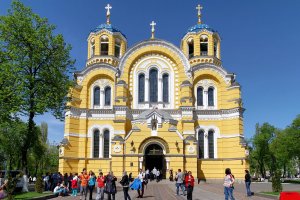
Despite the thaw of the Cold War, the KGB was still strongly interested in the activities of Americans within Soviet borders, and we were always followed by a man about 20 feet behind us. One time, I turned around and acknowledged the officer, but Lesya in a panic took me and said, “No! Do not look!” I could sense a great deal of fear in her voice.
It was in Kyiv at Saint Volodymyr’s Cathedral in the city center that I was introduced to a vastly different and intriguing form of Christianity than what I had been exposed to in the West. It planted a seed of curiosity for Eastern Orthodoxy, which has colored my spiritual life ever since.
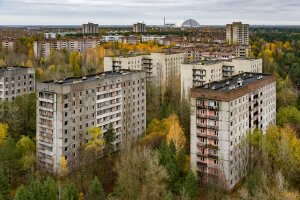
On that trip to Kyiv, I saw firemen hosing down buildings that weren’t on fire. I asked, what are they doing? Lesya stated, “Kyiv is 100 kilometers (60 miles) south of Chernobyl, so they must wash radiation from the buildings.” I looked at the puddles collecting on the streets ahead of us. I pointed, “Bachanyutka?” Lesya nodded sagely, and said, “Yes, we should go around.”
Lesya eventually got married to a man named Alexander, and they had a son, Losha. I admit, I hadn’t spoken to her in 30 years, but my dad stayed in touch and kept some dialogue through Facebook. This past week, I spoke with her through Facebook video calls. We were both in tears. The family cannot believe this war is happening. Putin has clearly lost his mind, speaking like a man having a true psychotic breakdown.
Cherkassy, also on the Dnieper River, is 100 miles south of Kyiv. It is not yet under bombardment. I quote Lesya, “Never in my life had I imagined I would hear air strike warning sirens.” Since it’s just down the river, we all worry it will be on the immediate list of targets if Kyiv is taken. My father has already offered to wire her money if they become desperate, and a gracious family in Santa Rosa is willing to take in the entire family if they can make it to LAX – I will personally escort the family to Santa Rosa if they arrive. With 2 million women and children already flooding the borders, it might be very tough to make it through.
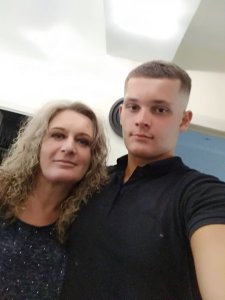
I will keep people updated on Lesya Degtiariova, her 75-year-old mother Toma, Lesya’s husband Alexander, and her 20-year-old son Losha. Both men have been conscripted into the Ukrainian army reserves and will probably fight trained Russian soldiers in urban combat. (Her father Pyotr died a few years ago). I will follow them as much as I can – as long as Facebook still functions, thanks to SpaceX’s Starlink.
Lesya says that after the war she wants to visit us in Los Angeles with her son Losha. They will be here either as refugees or as tourists. Either way, if they survive the onslaught, I hope you meet them.
Maybe I could return to the sovereign nation of Ukraine to help rebuild Kyiv. I am even learning Ukrainian, which is similar to Russian. This is something to dream about and look forward to in a remarkably dark and treacherous time.
Even if the walls all cave in and there is nothing but dust, rubble, smashed glass, and tangled rebar; even if all the beautiful churches fall, their golden cupolas melted onto the streets, the ancient icons torn apart by tank treads; even if the once proud statues of historical and emblematic figures become headless and armless – sometimes all one needs is faith in a positive future. I do believe one day, “all shall be well,” as Julian of Norwich said. And we are most well when we stand together in camaraderie as one human family.
 Learn more about IRC and our March Generous Congregational Contribution HERE. To make a contribution, please visit www.uusm.org/make-a-donation, opting for GCC.
Learn more about IRC and our March Generous Congregational Contribution HERE. To make a contribution, please visit www.uusm.org/make-a-donation, opting for GCC.
To learn more about the International Rescue Committee, visit www.rescue.org.
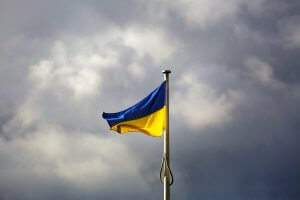


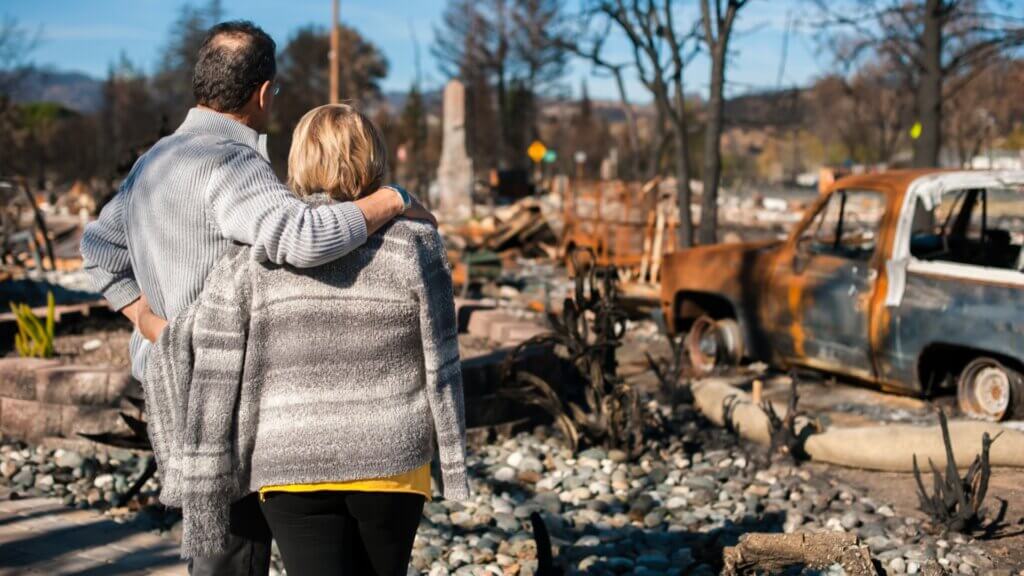
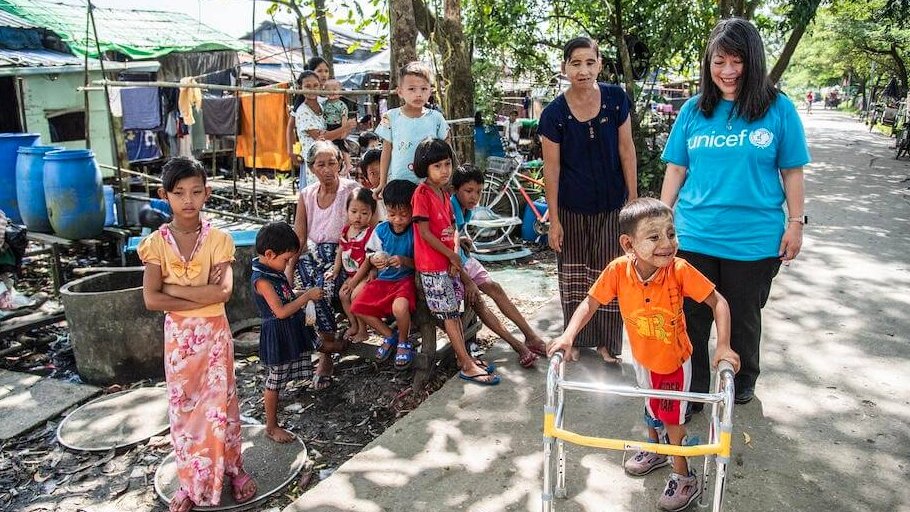
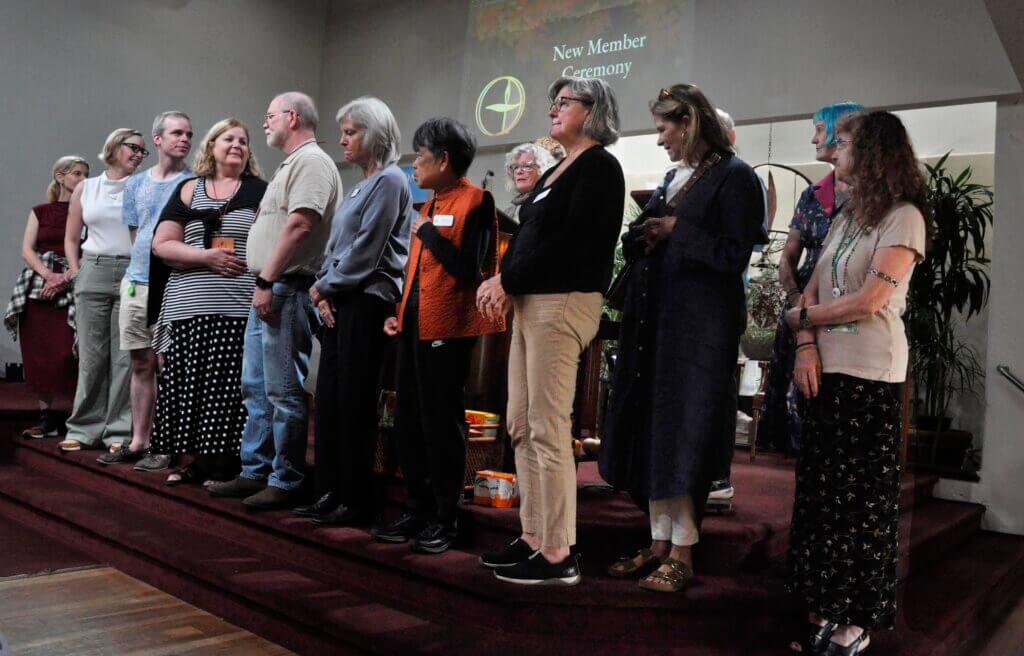
I found this personal story very moving. I was a student in Austria in Vienna in 1963. I got to know a family there extremely well. Two of their three children came and lived with me in Mountain View as teenagers and subsequently their daughters came and stayed with me as well. I spoke with the eldest child who is now in her 60s and she told me they are very worried about the Soviets invading Austria. Austria is a neutral country and also very close to Russia.